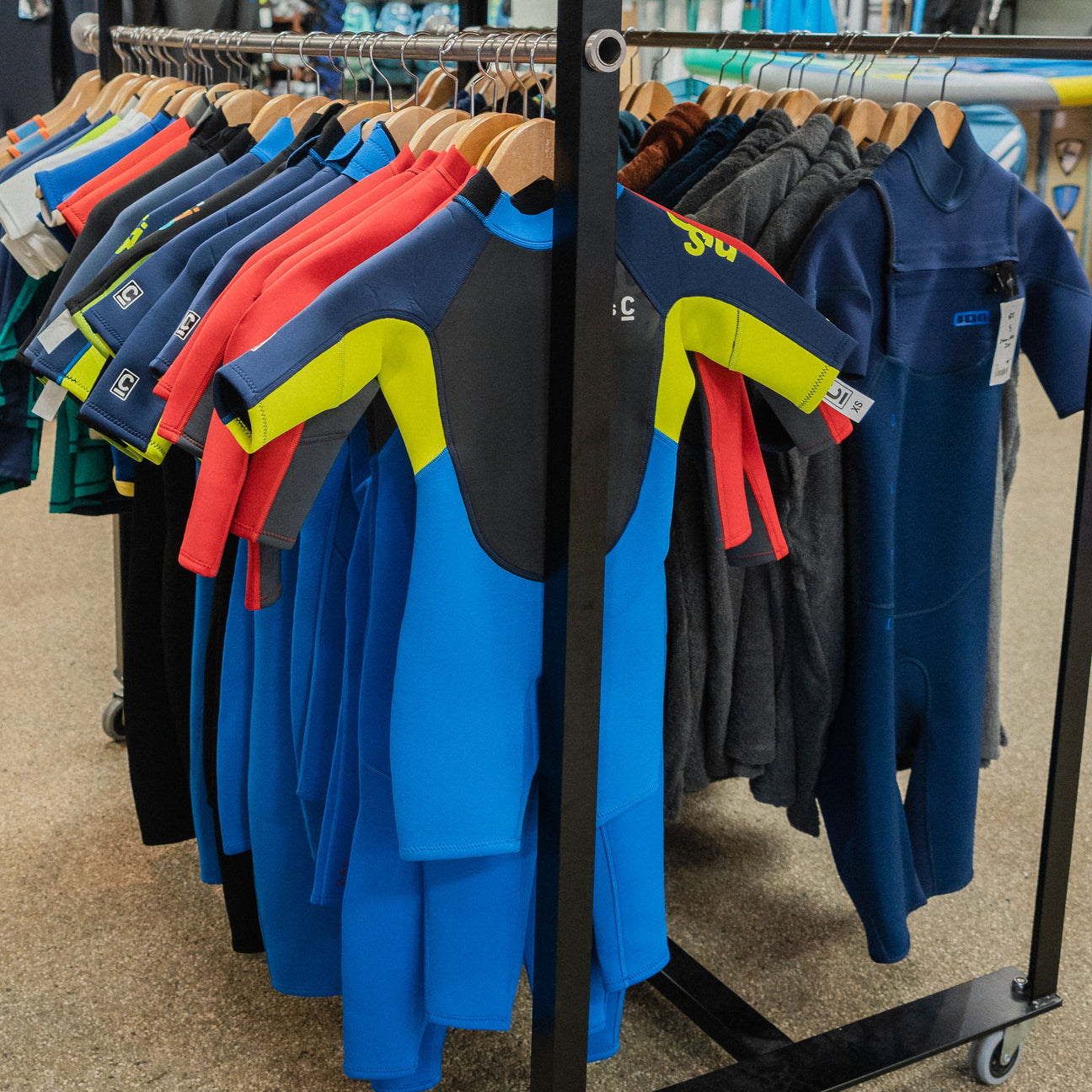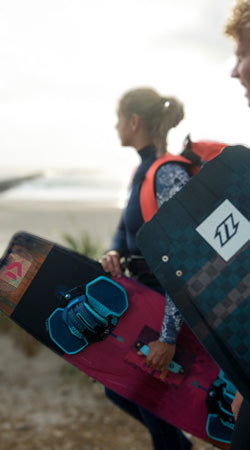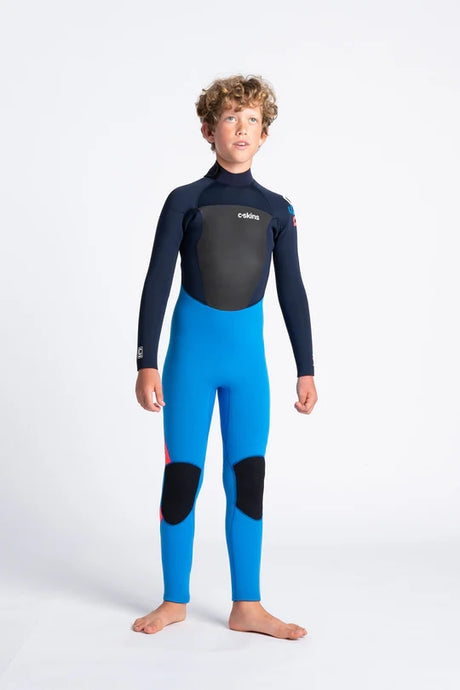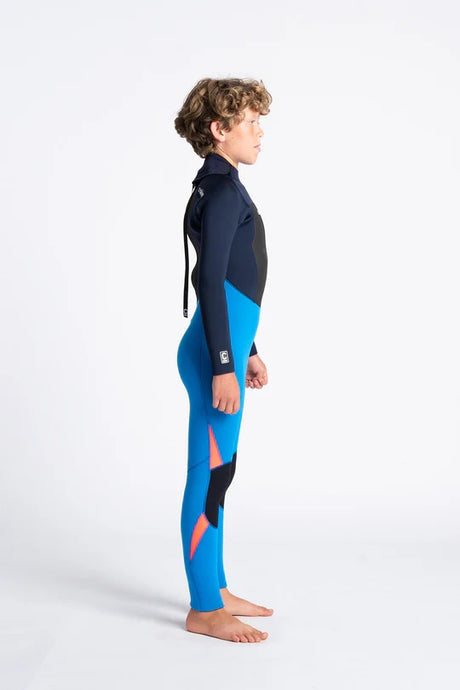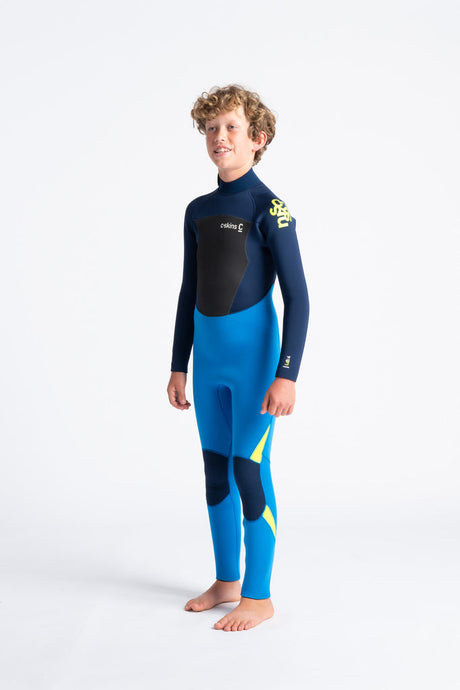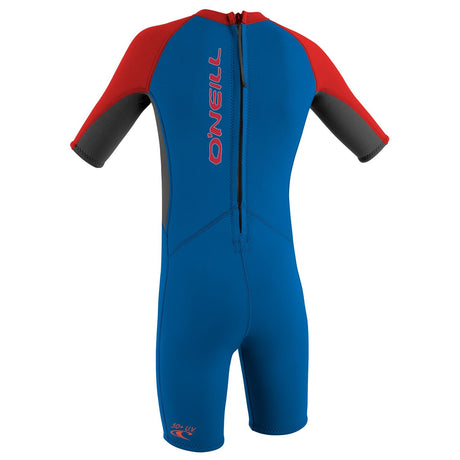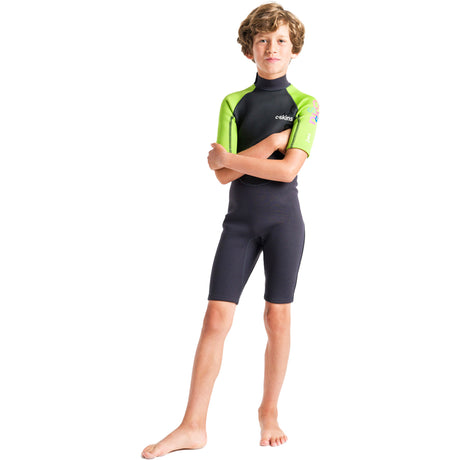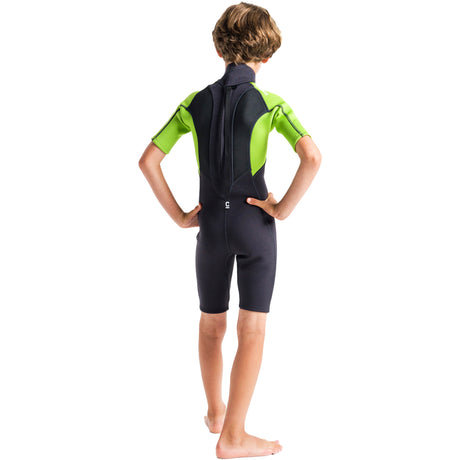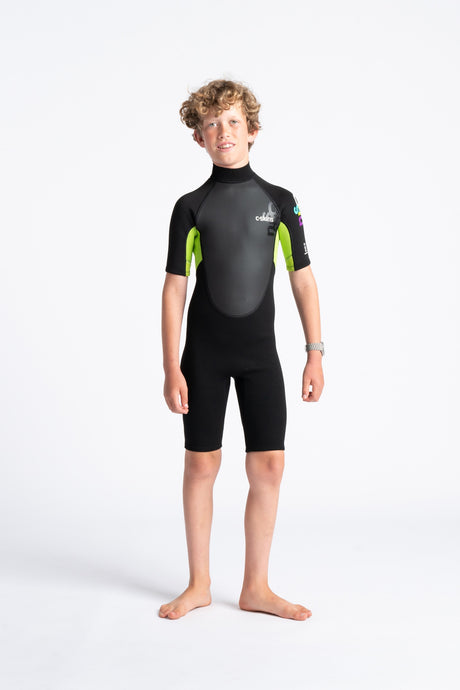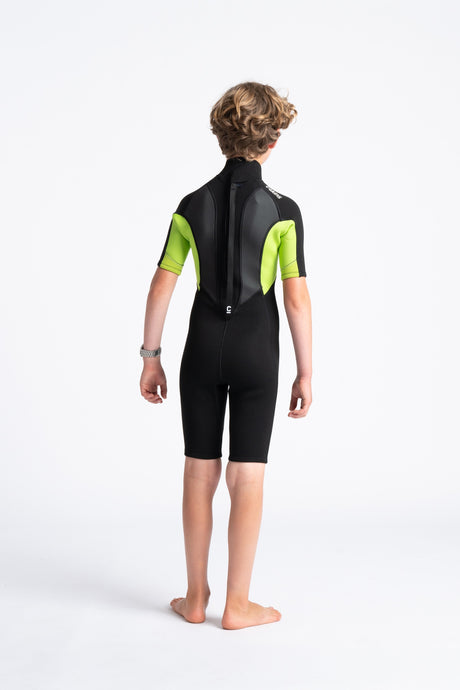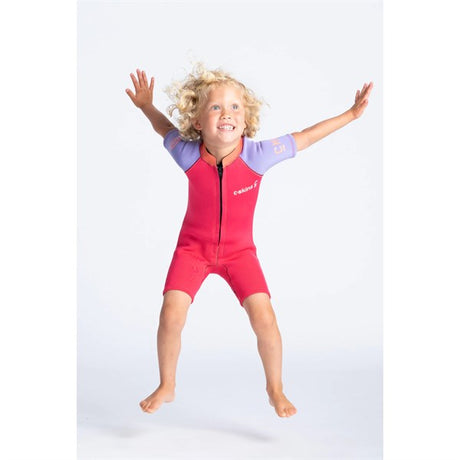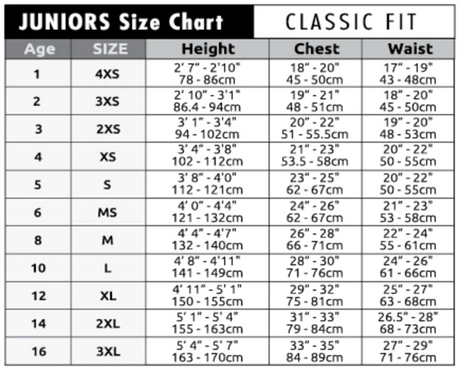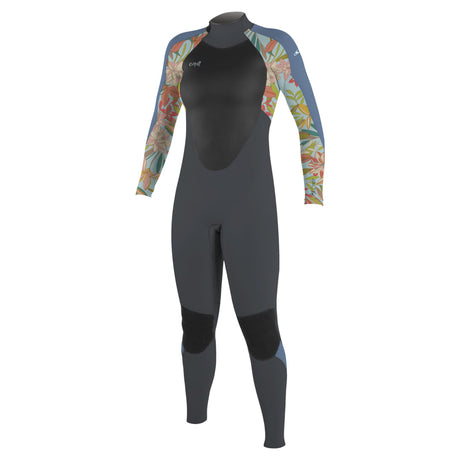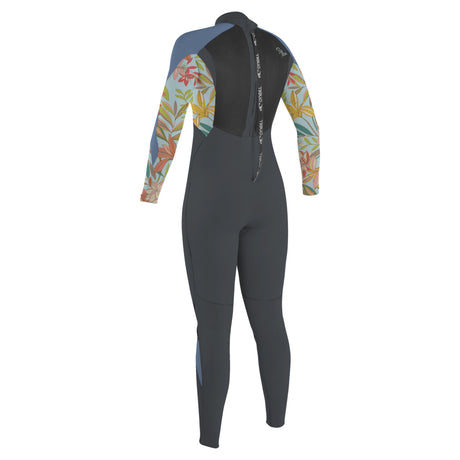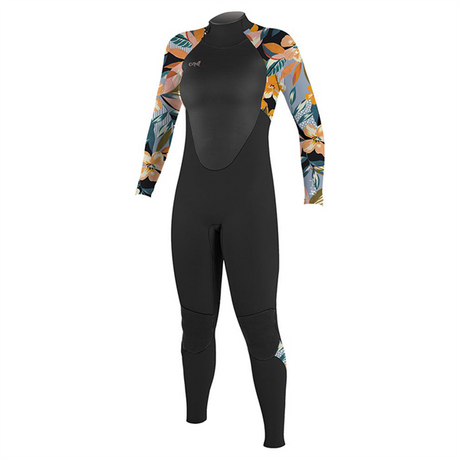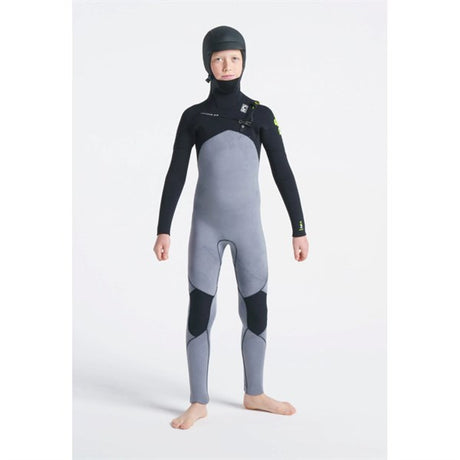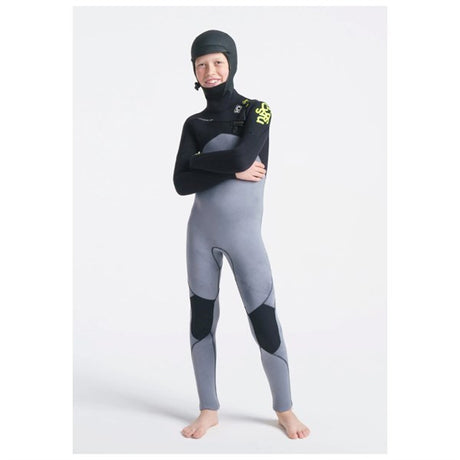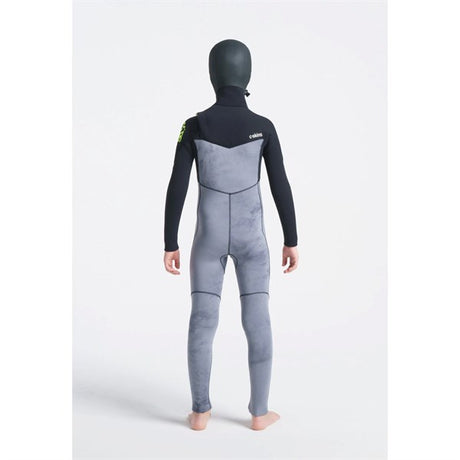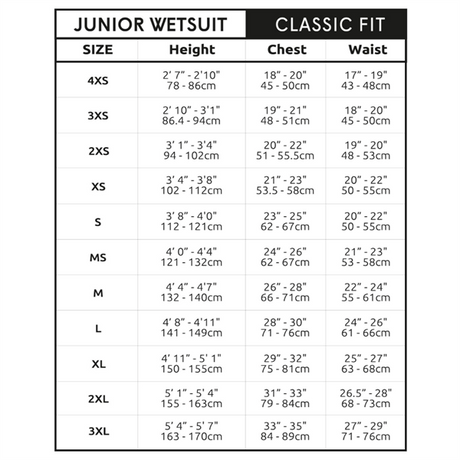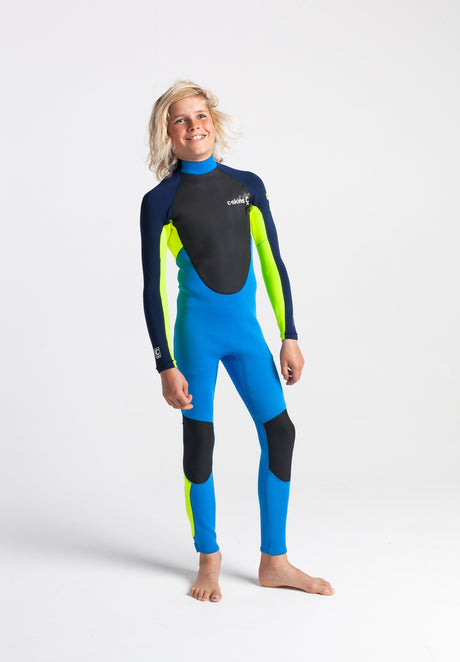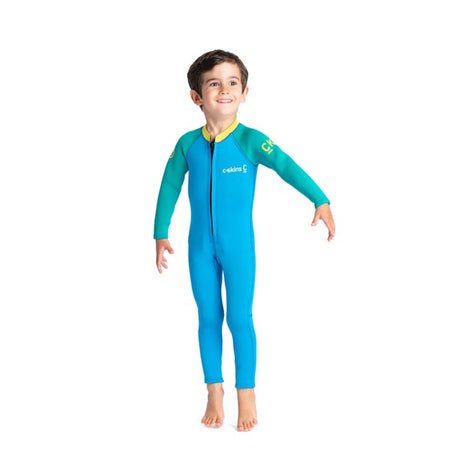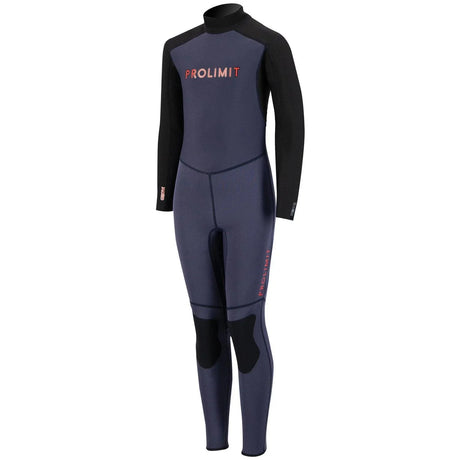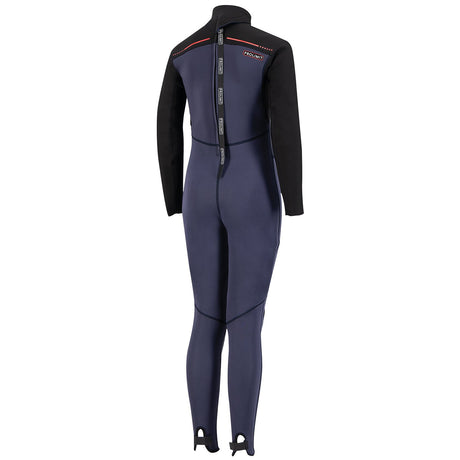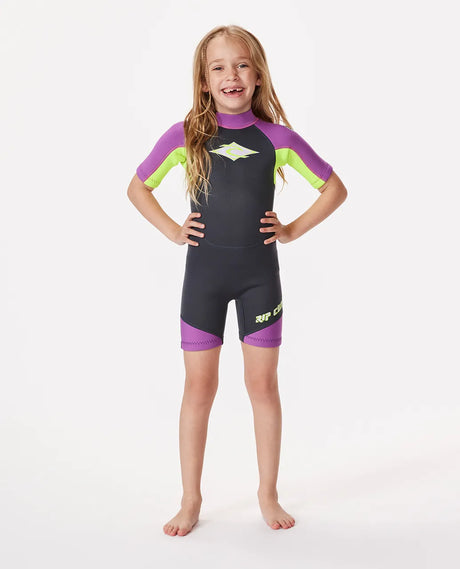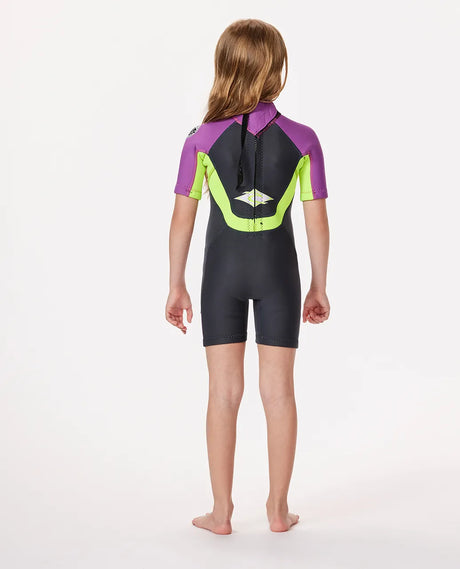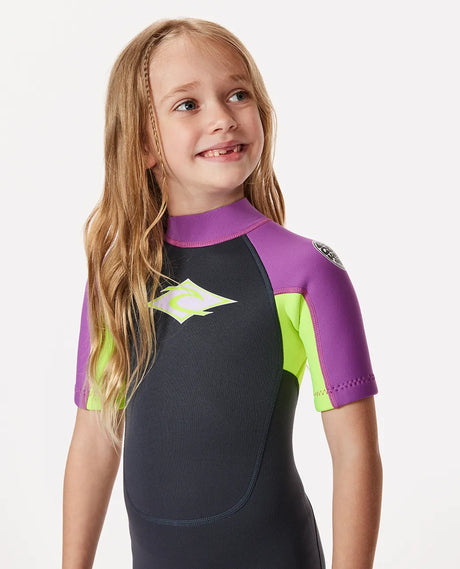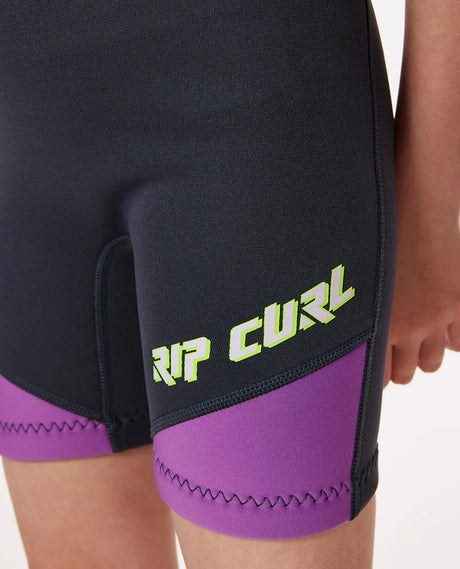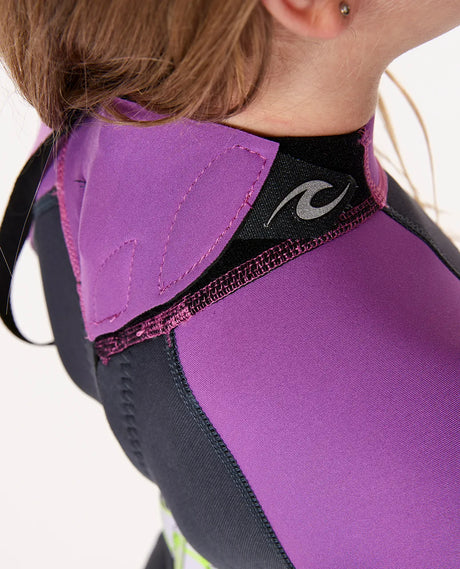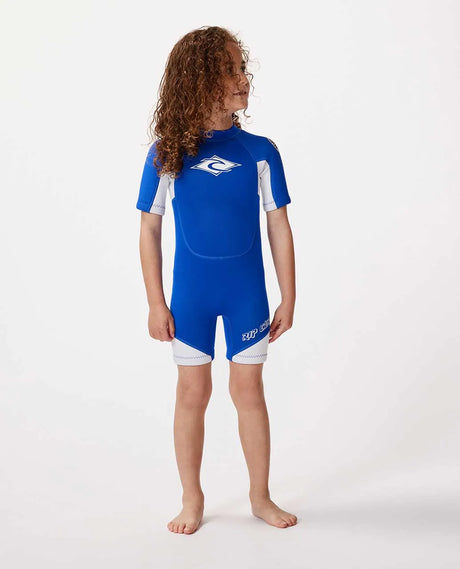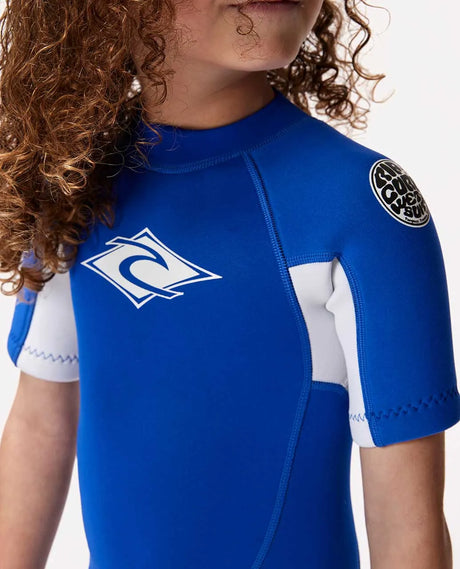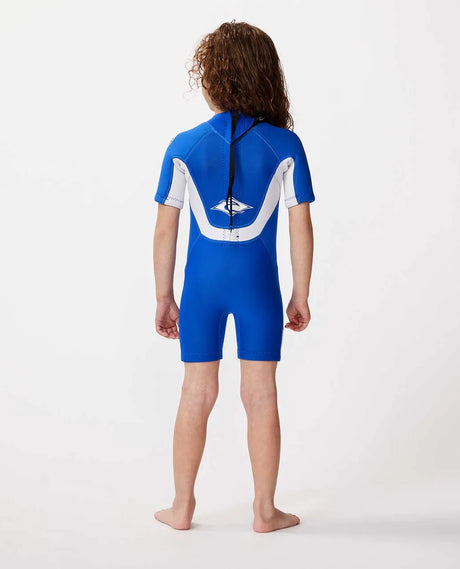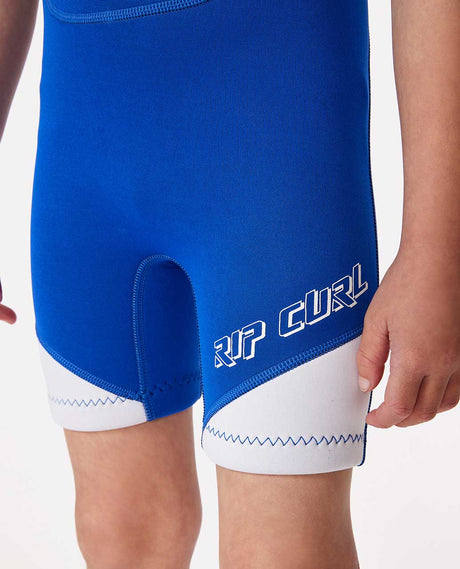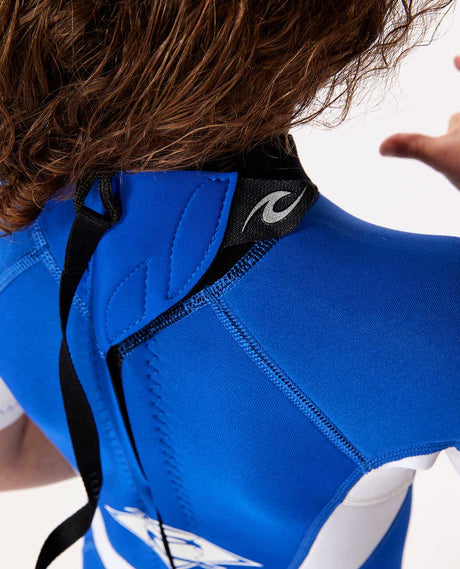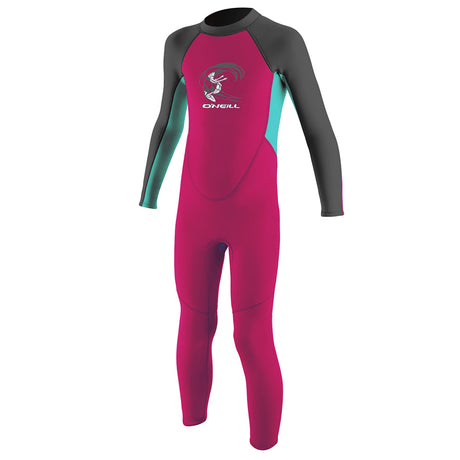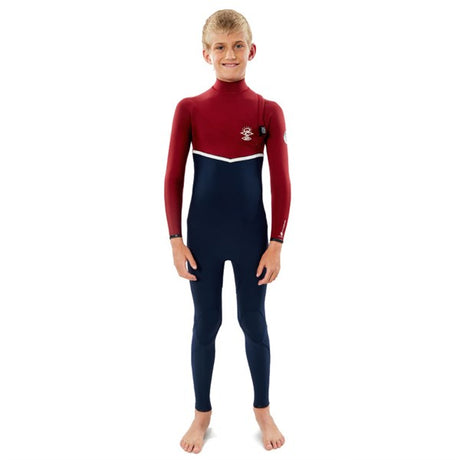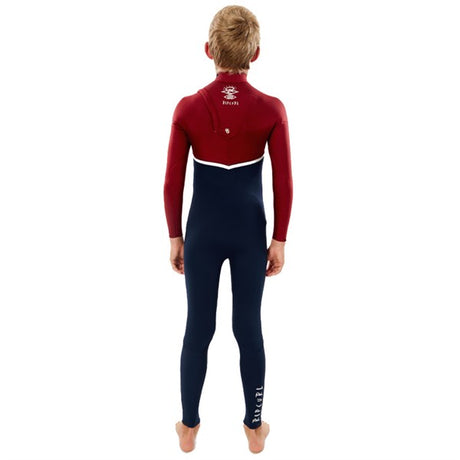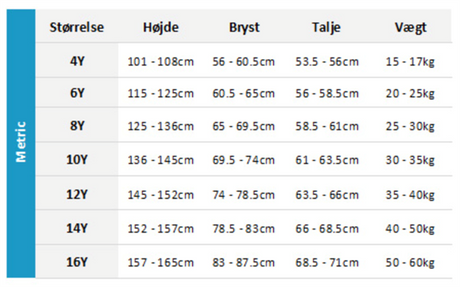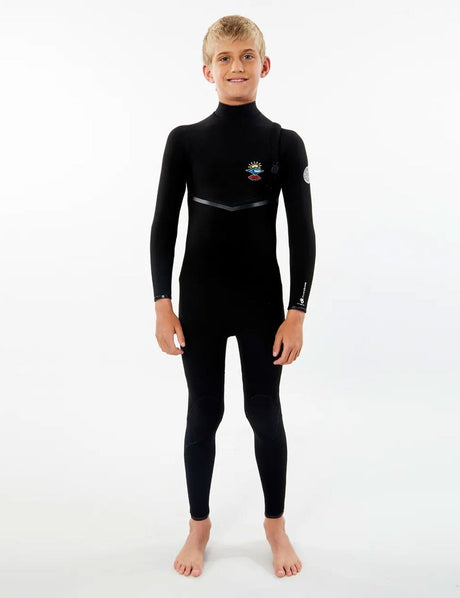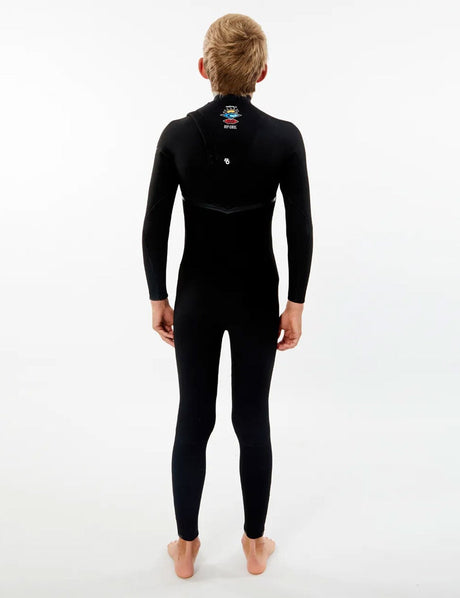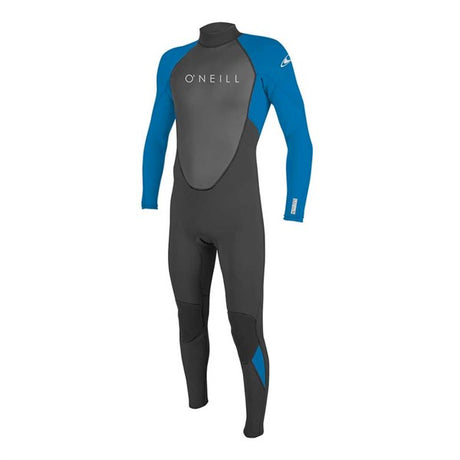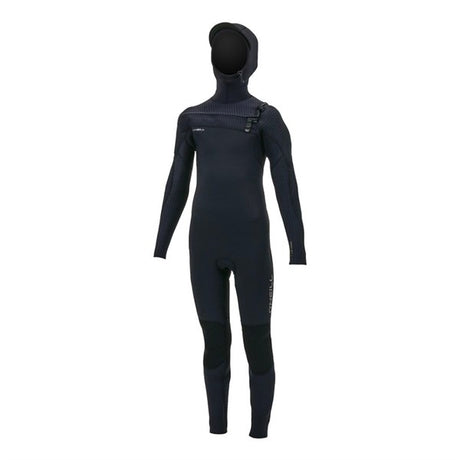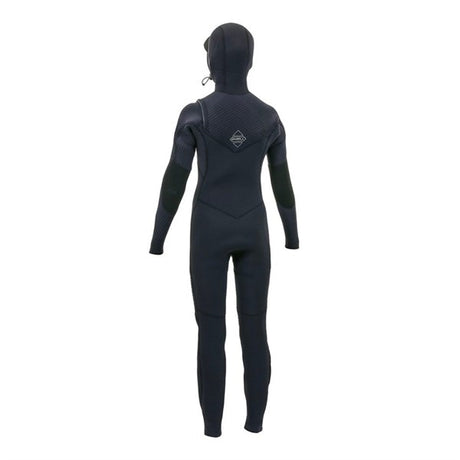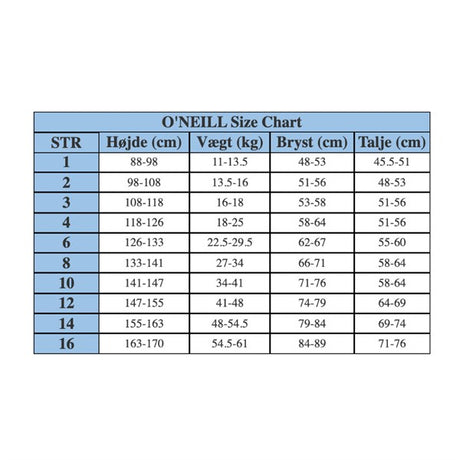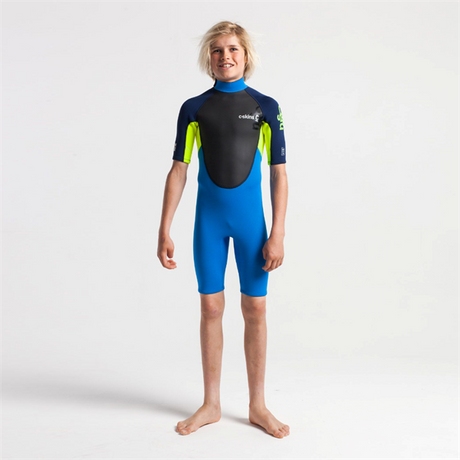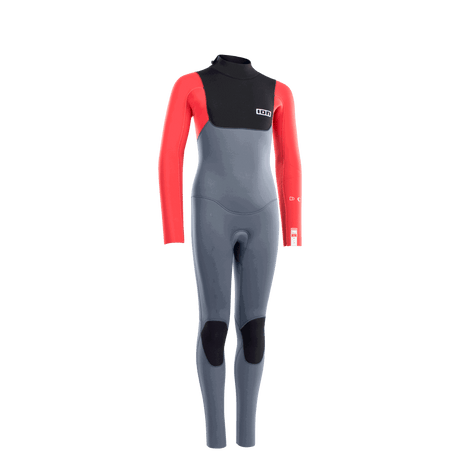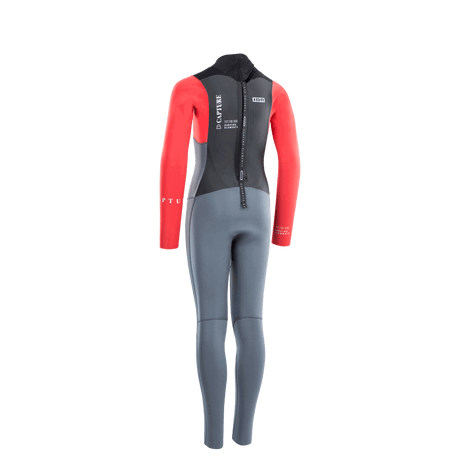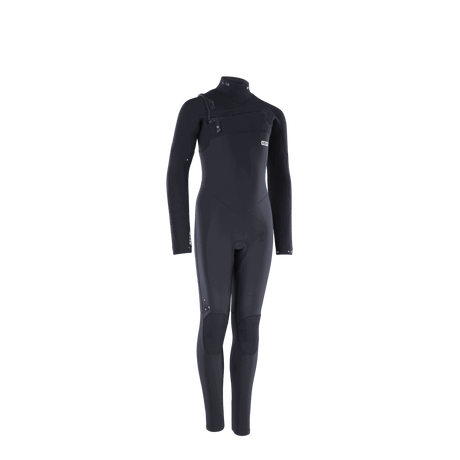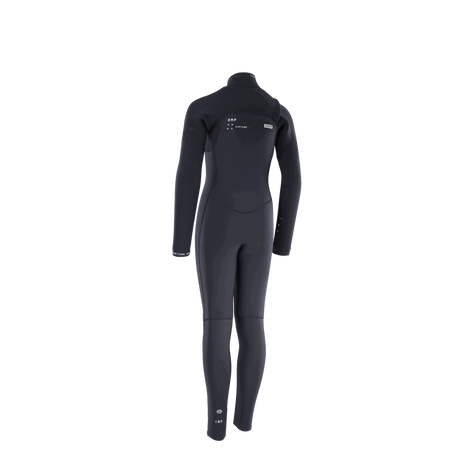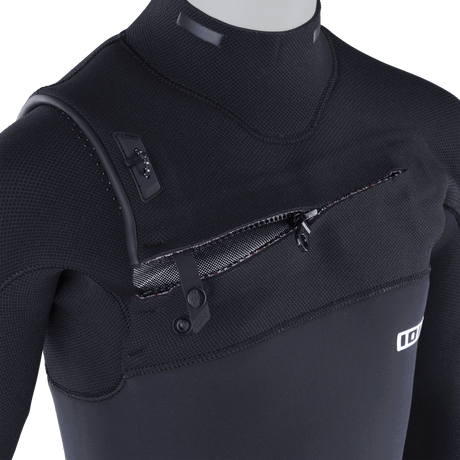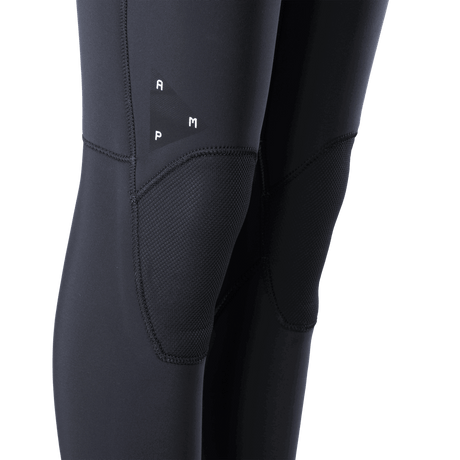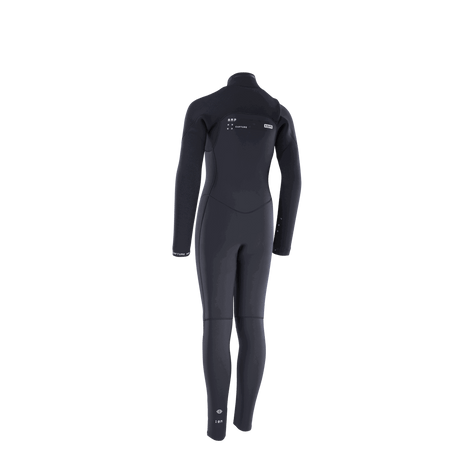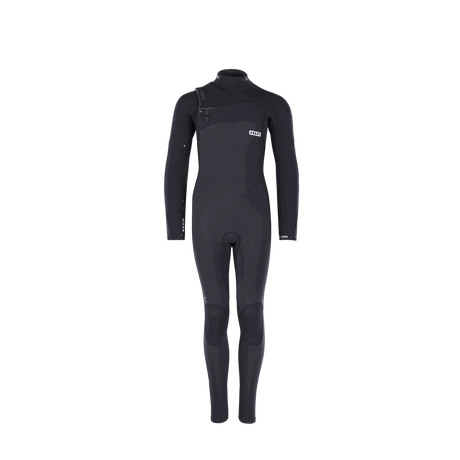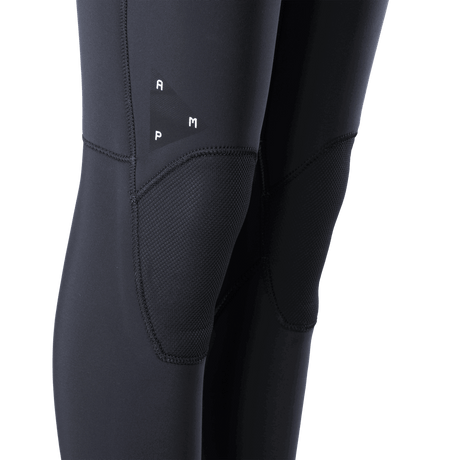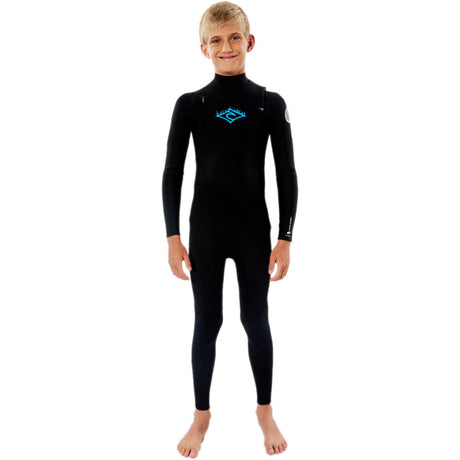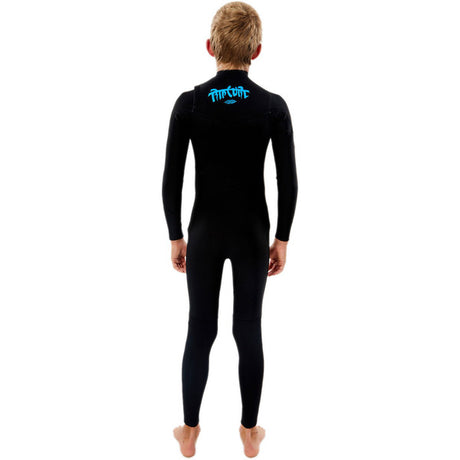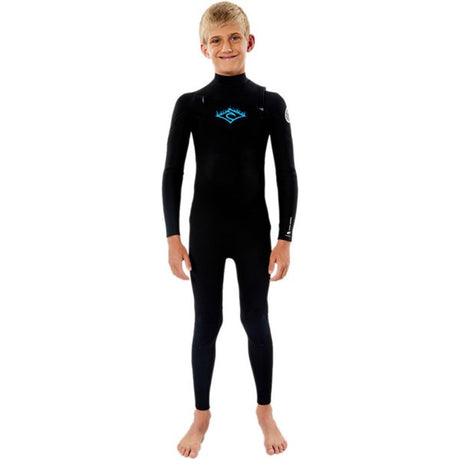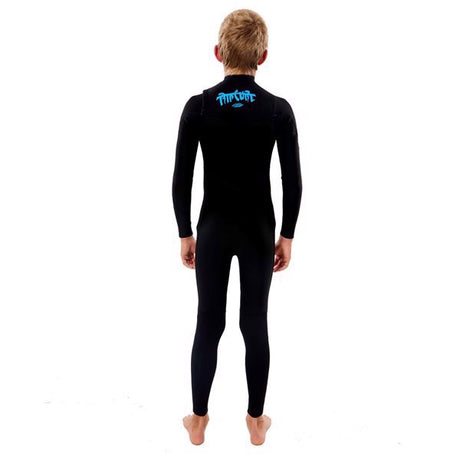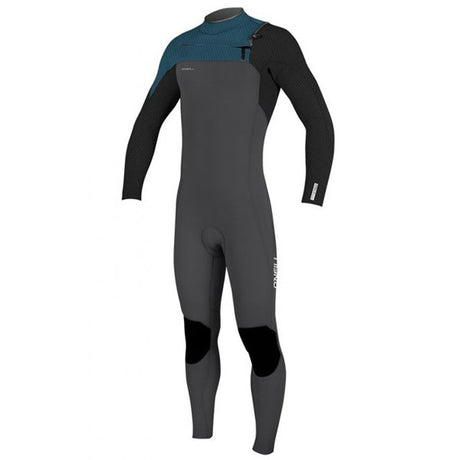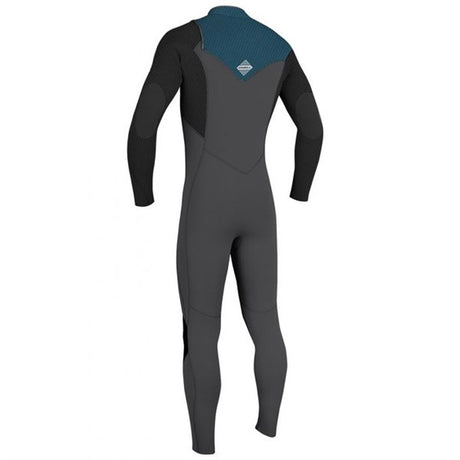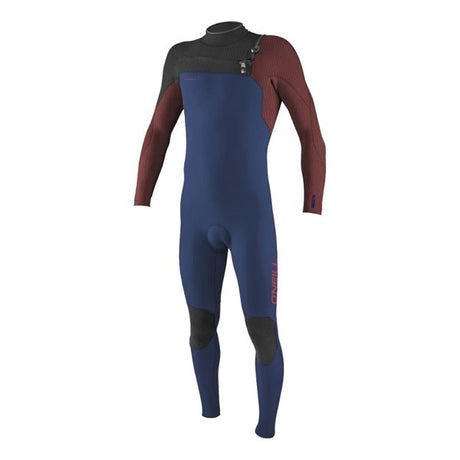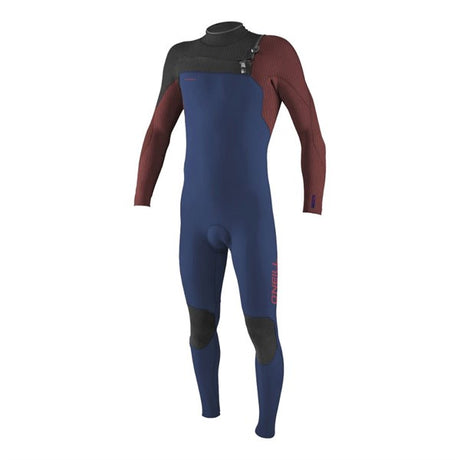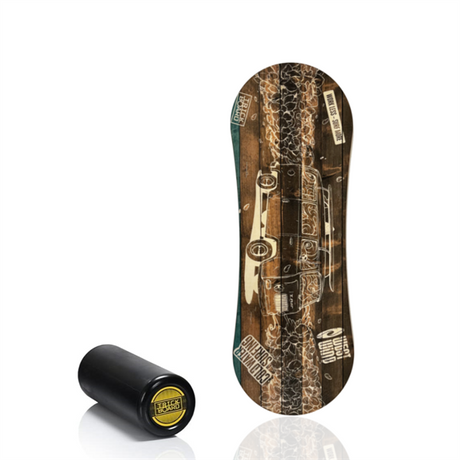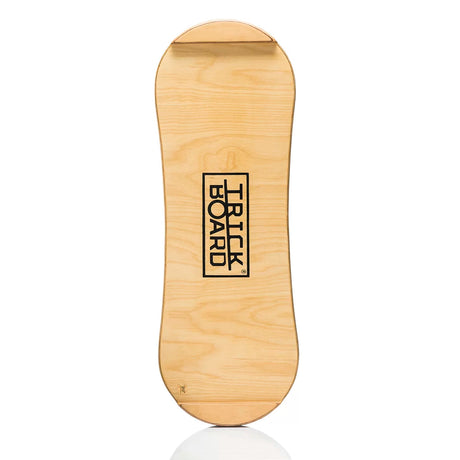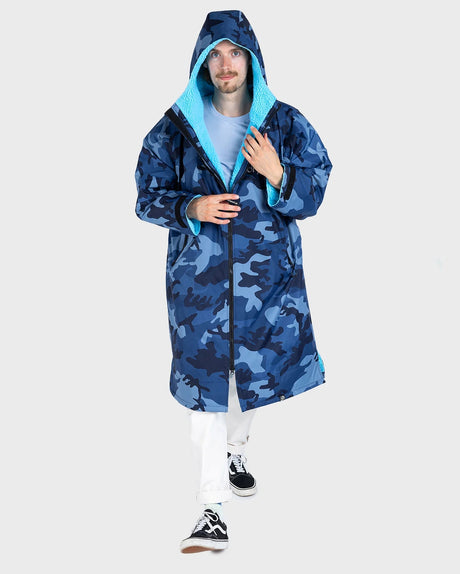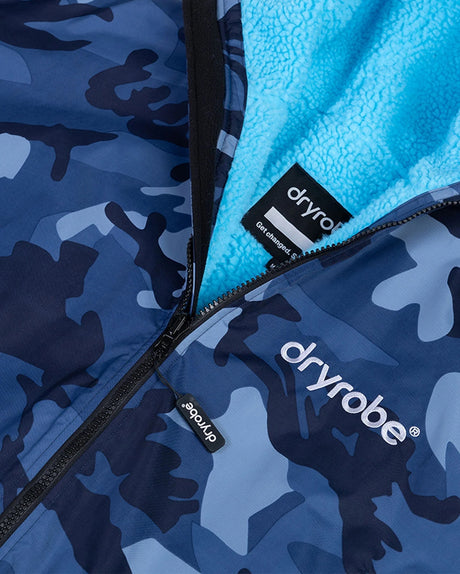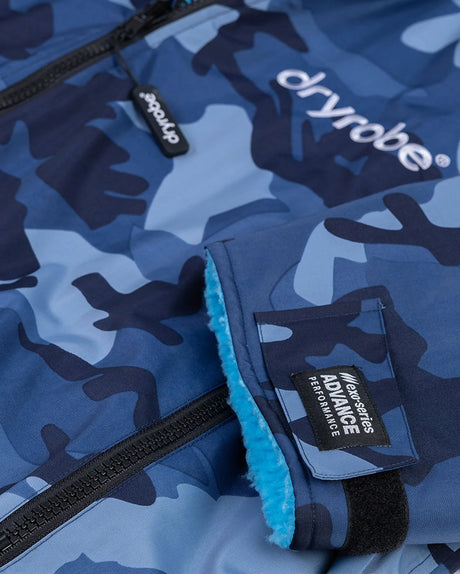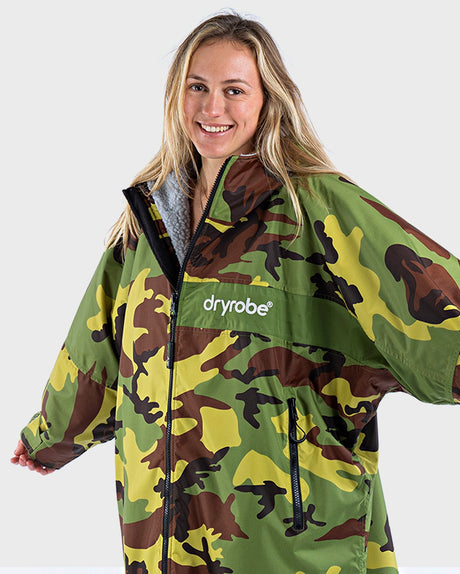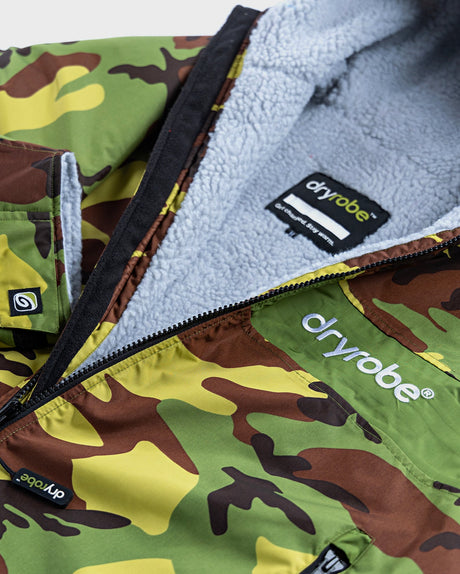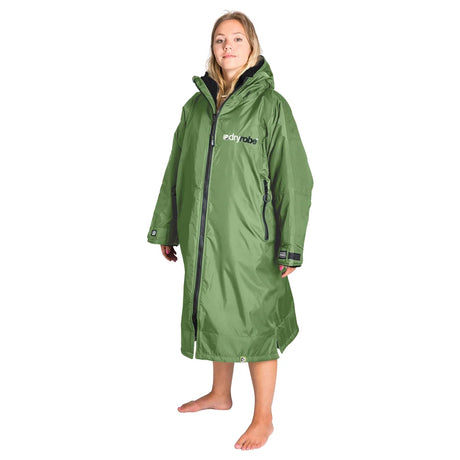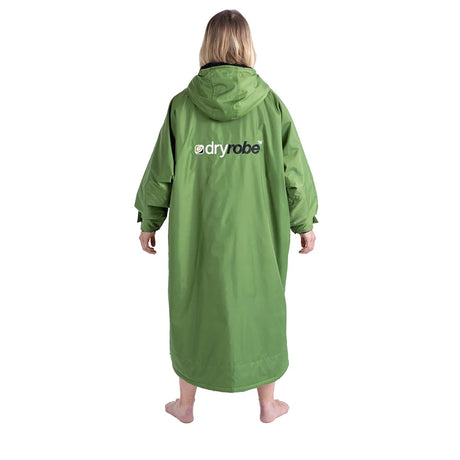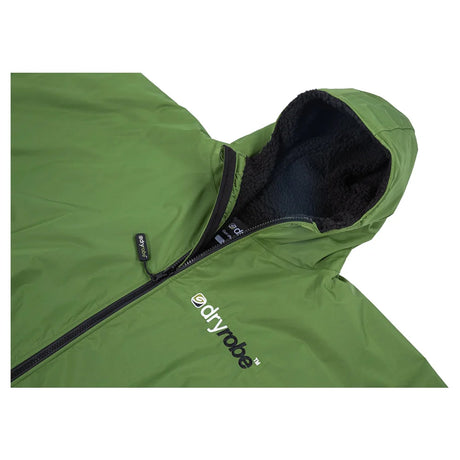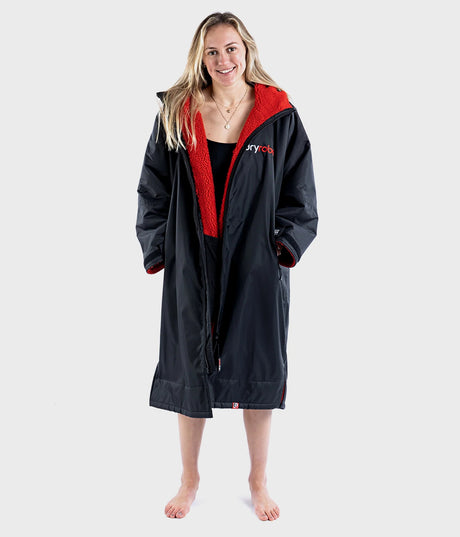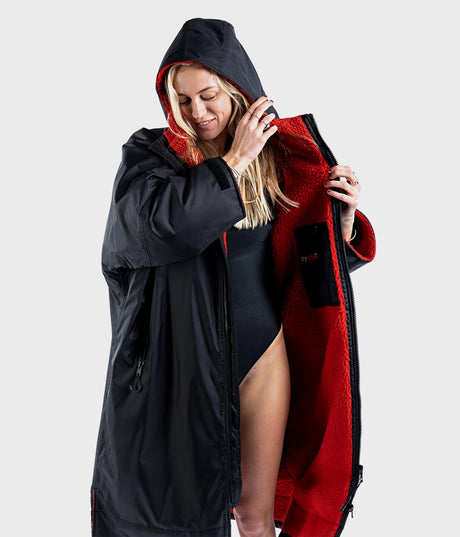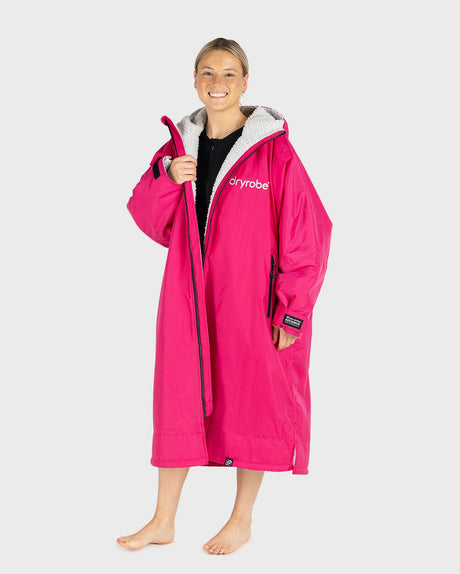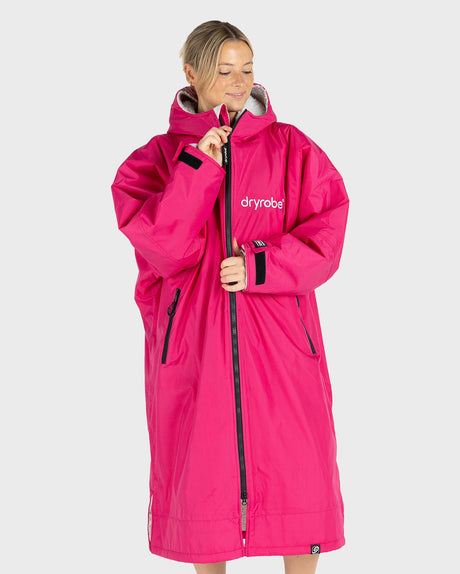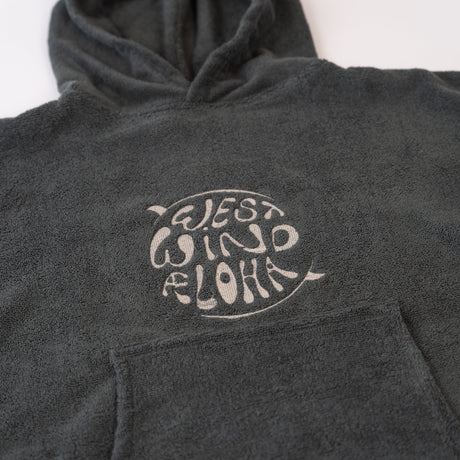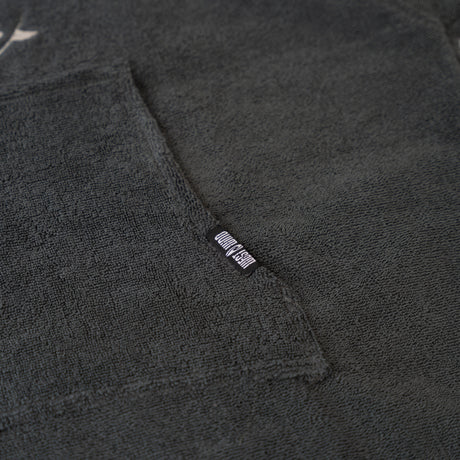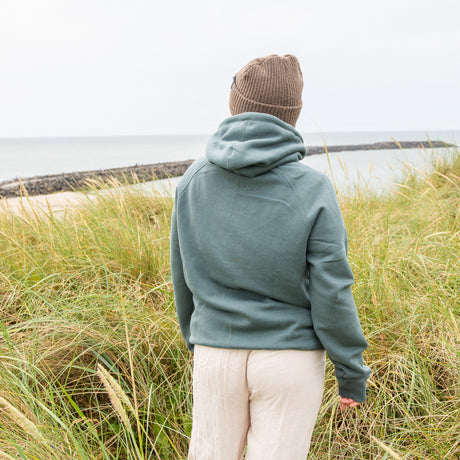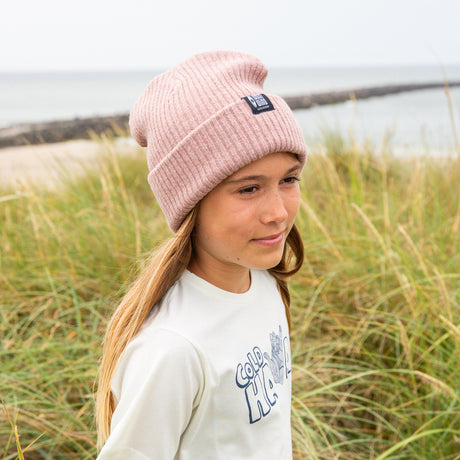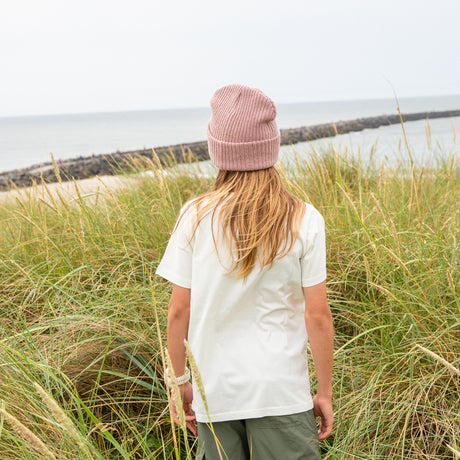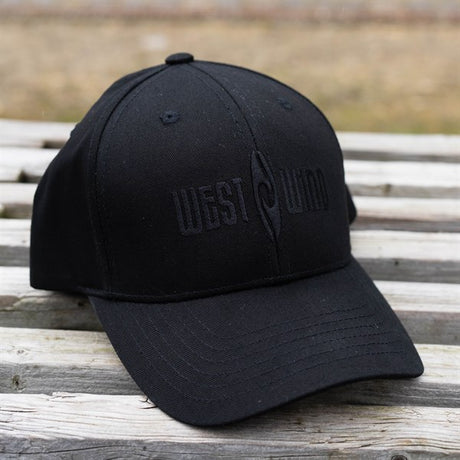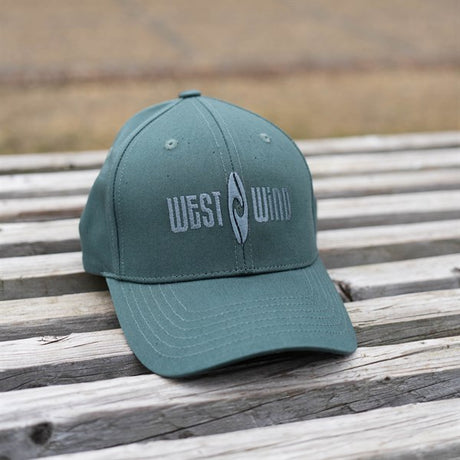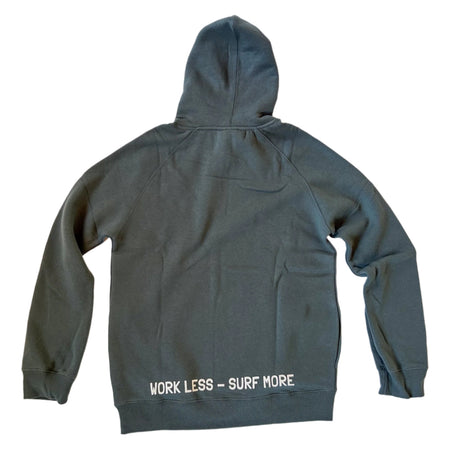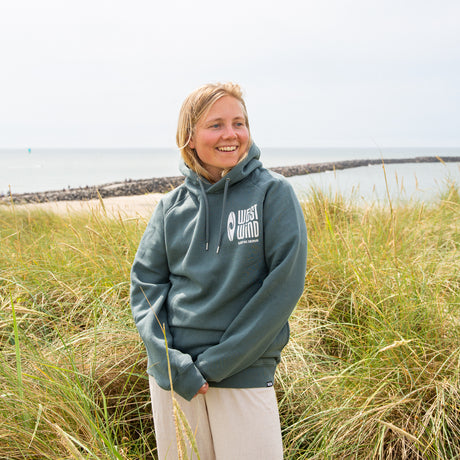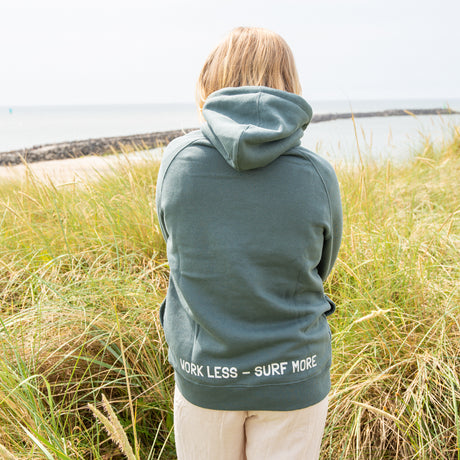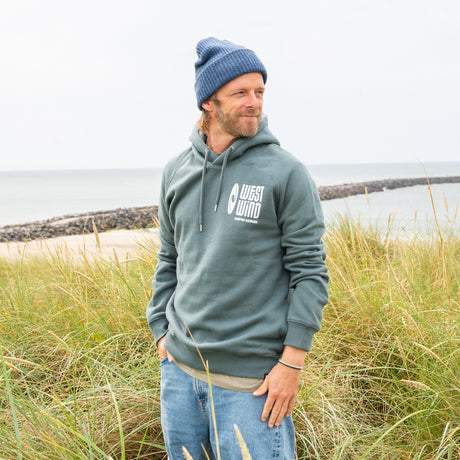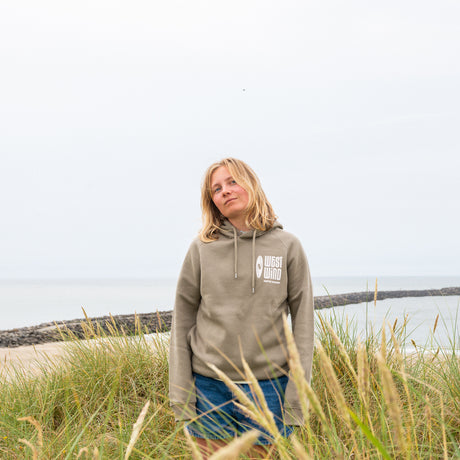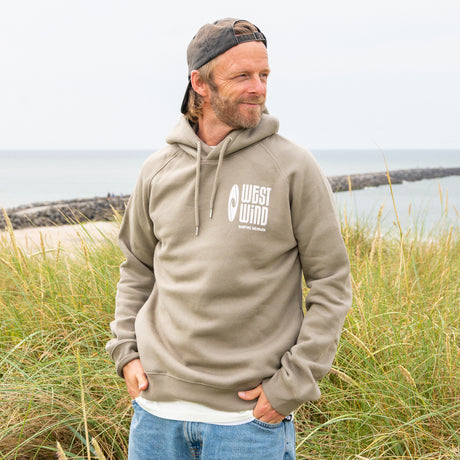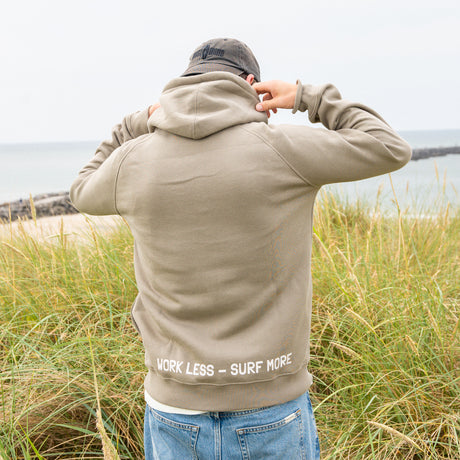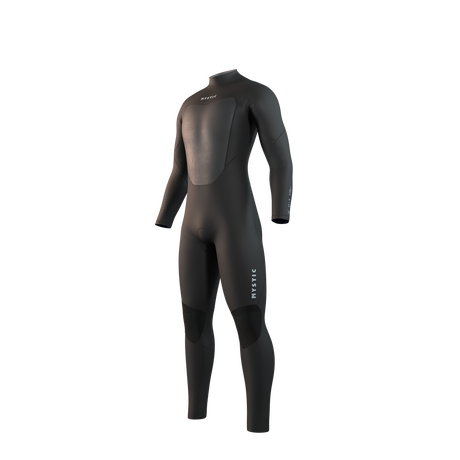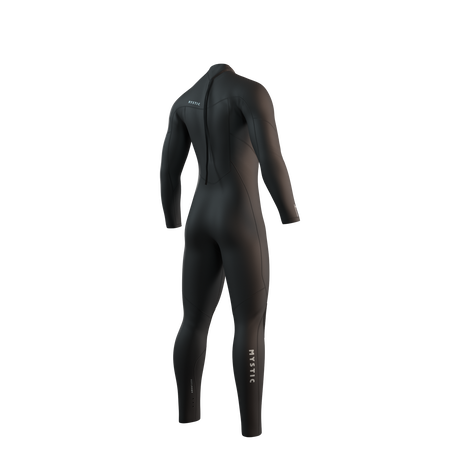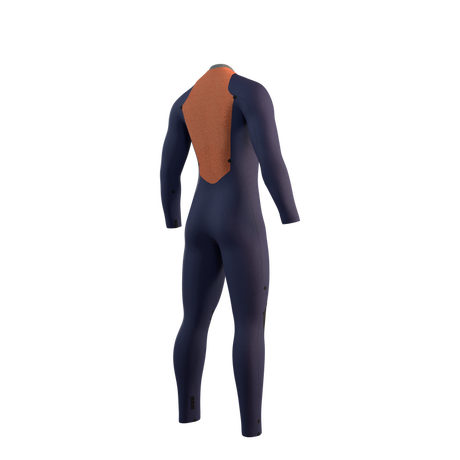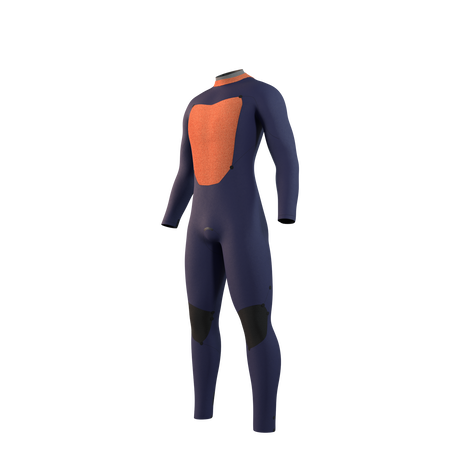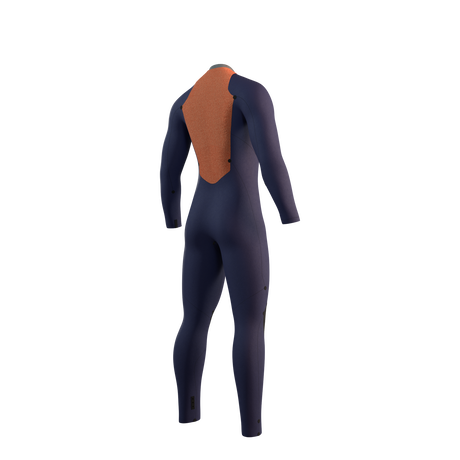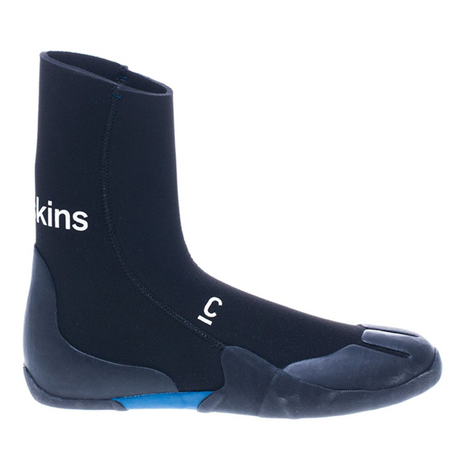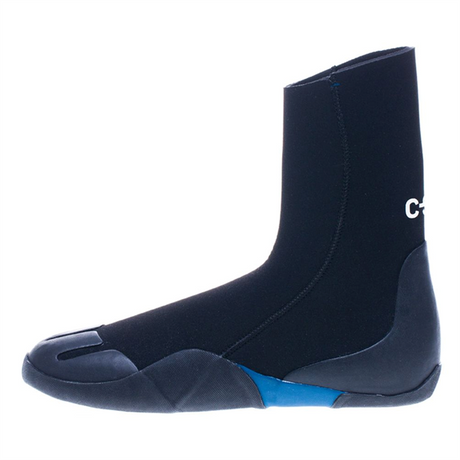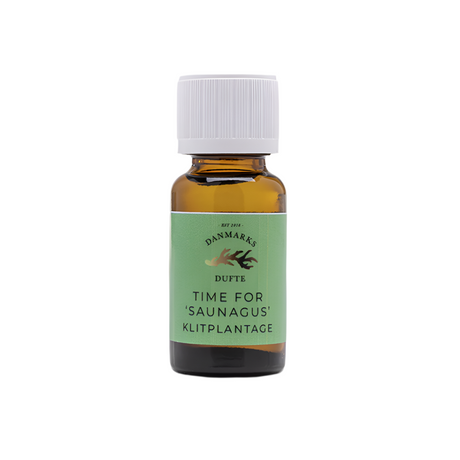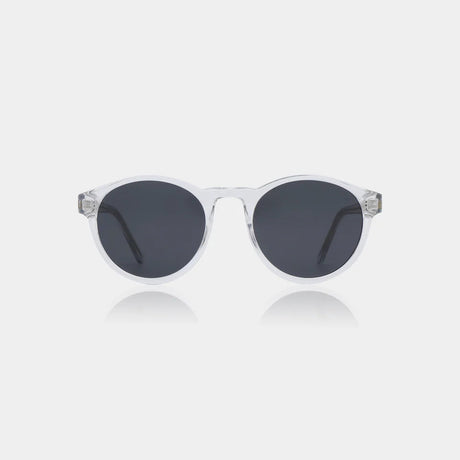CHILDREN'S WETSUITS
The children's wetsuit, also called the junior wetsuit, is an essential piece of equipment for toddlers and children who can't get enough of water activities or water sports. Water-loving juniors should not be cheated of the brilliant advantages of using a wetsuit. The whole Westwind team sincerely wishes that more children and young people can have unique experiences on the water. Where we can be helpful in relation to this agenda is to offer a large selection of quality children's wetsuits at sharp prices. Furthermore, we also want the children's water sports adventure & water fun to happen in a safe and responsible manner. Therefore, we would like to encourage the child to have done one of our many surf and water sports courses. A surfing course will, in addition to being a fantastically fun experience, also contribute to the child gaining a good knowledge of the forces of water and the sea. An important feature that is guaranteed to benefit the whole family on days at the beach or in the swimming pool. If this sounds like a good idea, you are more than welcome to check out our many different surf courses.
Children's wetsuits: Types & thicknesses
One of the most important factors to consider when choosing a wetsuit is the thickness of the neoprene material used. Neoprene is a synthetic rubber that provides insulation and buoyancy, and is the primary material used in wetsuits. The thickness of the neoprene determines how much insulation the wetsuit provides, as well as its flexibility and durability.
Most often, a distinction is made between shorty wetsuits, full length/fullsuit wetsuits and hooded wetsuits. The shorty wetsuit is a wetsuit with short legs and sleeves. The shorty wetsuit is a brilliant alternative to swimwear, as this type of wetsuit is extremely easy to get into. The children's shorty wetsuit is perfect for trips to the swimming pool, as the wetsuit provides a bit more warmth compared to just wearing swimwear. In addition, the suit also works perfectly for hot summer beach days, when the child should be able to play freely on the beach.
If the child should instead be able to combine bathing and playing on the beach, you should instead consider a so-called fullsuit wetsuit. This type of wetsuit covers the entire body except the head, hands and feet. Therefore, this type of wetsuit will of course provide more warmth compared to the shorty wetsuit. Therefore, you should be careful when wearing a fullsuit wetsuit on the very hot summer days. The reason for this is that neoprene is not a particularly breathable material, and if you are not cooled down regularly, for example from a dip in the water, a very hot climate is created inside the suit. The Fullsuit children's wetsuit is therefore brilliant for children who swim a lot on the beaches or do water sports activities where you spend a lot of time in the water. Typically, these suits will come in thicknesses of 3/2 mm, 4/3 mm, 5/4/3 mm or 5/4 mm.
Last but not least, there are also children's wetsuits with a built-in hood. These so-called hooded wetsuits offer the ultimate in warmth and are brilliant for children who can comfortably surf in the cool Danish autumn/winter/spring conditions. These hooded children's wetsuits are typically available in a thickness of 5/4 mm.
In addition, children's wetsuits come in either front-zip or back-zip. The main differences between these two closure types are their effect on the suit's warmth and how easy the suit is to get into. Simply put, front zip will be preferable if the child is able to get into the suit himself. The front-zip solution will also be the warmer of the two. The back-zip solution makes getting in and out of the suit a breeze. However, at the cost that more water will be able to find its way into the suit more quickly, and thus the suit will not be as warm as compared to a front-zip suit.
Children's wetsuits: Size & fit
Children's wetsuits today come in many sizes and fits. Typically, these sizes will be listed by age. However, many manufacturers prefer to create their own children's wetsuit sizes. Therefore, it can also be difficult to find the right size, and for this reason we also recommend that you show up physically in one of our stores and get expert advice and guidance from our staff. Wetsuits are made to sit close to the body. If you choose a wetsuit that does not sit correctly on the body, it will cause the suit's ability to keep your body warm to deteriorate.
Children's wetsuit maintenance
If you have invested in a children's wetsuit, we encourage you to take good care of the suit so that it lasts for many trips in the water. This benefits both your wallet and the climate. Below we have created a list of Westwind tips for the care and maintenance of wetsuits. If you follow it, your wetsuit and your other neoprene products will remain functional for many years into the future:
Rinse your wetsuit in cold fresh water after each trip on the water. This removes salt, sand and other impurities that can slowly degrade your wetsuit.
Never use washing-up liquid when rinsing the suit, as this can damage the neoprene.
Regular use of a neoprene piss-off soap/conditioner when you rinse the suit helps keep the neoprene soft and supple. This contributes to an extension of the life of the suit.
It is best to dry your wetsuit indoors as direct sunlight and heat can damage the neoprene. At the same time, it should be hung to dry in a room with adequate air circulation
Dry your wetsuit thoroughly before storing it. The wetsuit should not be the least bit damp before you pack it away for an extended period. The wetsuit should also never be exposed to undue pressure during long periods of storage.
Store your wetsuit in a dry place, away from direct sunlight and heat sources.
Regular checking of the suit's condition, i.e. check for holes, tears or other minor damage to your wetsuit. If damage has occurred, it should be repaired as soon as possible with a neoprene glue. In this way, you avoid small damages growing into major damages that require professional repair.
Extra safety with a children's wetsuit
Children's wetsuits provide warmth and buoyancy. Two important factors that contribute to more safety in and around the water. BUT the wetsuit should never be seen as an alternative to a safety-approved swimming or lifejacket. Check out our large selection of swimming and life jackets here. Under this category you will also be able to find vests for children
Purchase of children's wetsuits at Westwind
That said, we know it can be difficult to find the perfect children's wetsuit. That is why the staff at Westwind are always ready to guide you and junior based on their years of experience in the surf & water sports field. We always recommend checking the stock status of the product you are looking at and turning up at one of our stores, which has the wetsuit in stock. So when you're out by the water anyway, drop by one of the shops. Get a chat with the staff, as well as guidance and answers to any questions you may have about the desired product. Please also contact us at webshop@westwind.dk if questions should arise during your online shopping on this page.

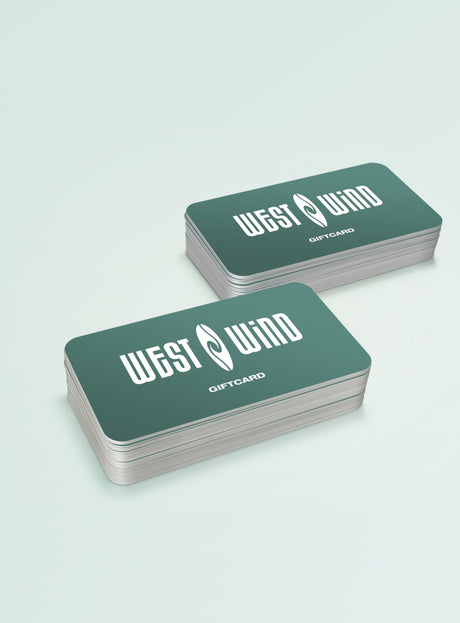 Buy now
Buy now
